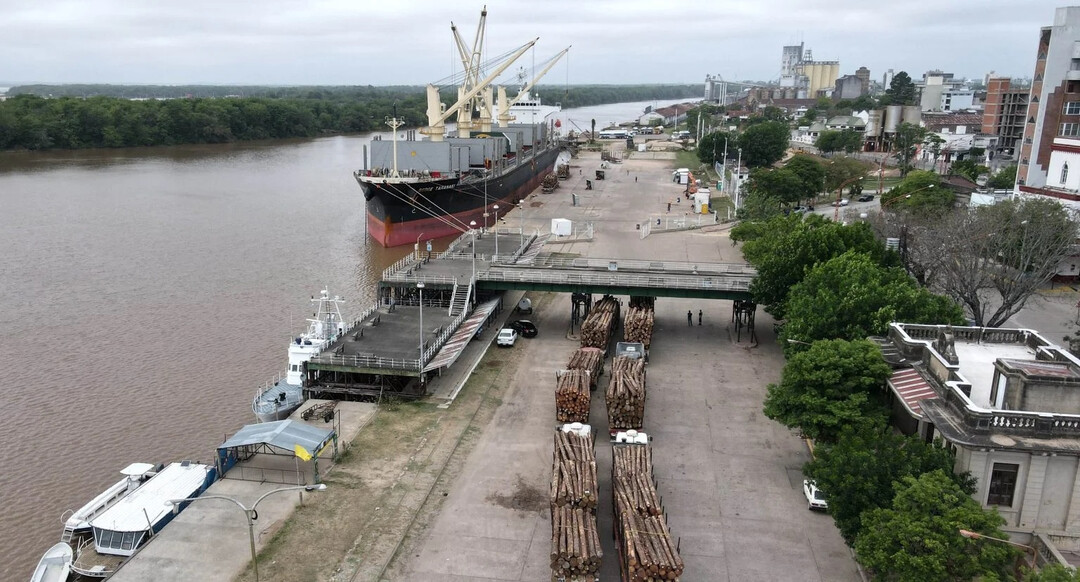
Brasilia – Claudia Peiris, Undersecretary of the Ministry of Transport and Public Works of Uruguay, attended the 50th meeting of the Intergovernmental Committee of the Paraguay-Paraná Waterway held this week in Brasilia. The meeting brought together delegations from the five countries that make up the waterway: Argentina, Bolivia, Brazil, Paraguay, and Uruguay.
The Paraguay-Paraná Waterway, one of the longest inland waterways in the world, plays an essential role in regional trade. Spanning over 3,400 km, this waterway connects the production centers of southern South America to international markets, facilitating the export of food, minerals, and other raw materials.
Strategic Importance of Nueva Palmira Port
Uruguay occupies a pivotal geographical position within this waterway system. Through strategic terminals like the Nueva Palmira Port, it acts as an entry and exit point for the waterway, which begins in Puerto Cáceres, Brazil, coordinating logistics connections between the Atlantic Ocean and landlocked countries. In particular, the Nueva Palmira Port, capable of berthing large vessels and handling diverse cargo, serves as a crucial logistics hub for countries using the waterway.
The Uruguayan delegation reaffirmed its commitment to the sustainable development of the waterway and the strengthening of infrastructure improvements and cooperation among member states. The meeting also addressed issues such as navigation safety, waterway maintenance, and the harmonization of regulations among nations.
Economic Significance and Future Prospects of the Waterway
The Paraguay-Paraná Waterway plays a crucial role in the economic growth of southern South America, contributing to enhancing the export competitiveness of the agricultural and mining sectors in particular. The reduction of logistics costs through the waterway revitalizes intra-regional trade and promotes the development of related industries.
Through this meeting, member states agreed to further enhance cooperation for the efficiency and sustainable development of the waterway. Future discussions will focus on improving waterway infrastructure, introducing digital technologies, and joint efforts for environmental protection. Additionally, emphasis will be placed on securing the stability of the waterway in response to climate change and establishing a sustainable logistics system for future generations.
Waterway Length: 3,442 km (from Puerto Cáceres to Nueva Palmira) Main Transported Cargo: Soybeans, iron ore, cement, timber, petroleum products Countries Using the Waterway: Argentina, Bolivia, Brazil, Paraguay, Uruguay Nueva Palmira Port: Located in southwestern Uruguay, capable of berthing large vessels, with multi-purpose cargo handling facilities Economic Impact of the Waterway: Transports millions of tons of cargo annually, generating billions of dollars in economic benefits for the regional economy.
[Copyright (c) Global Economic Times. All Rights Reserved.]






























